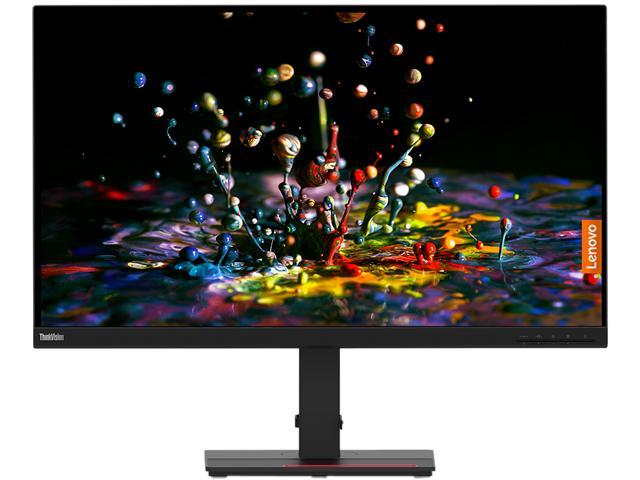The design of this 1,280-square-foot, three-bedroom Habitat for Humanity of Metro Denver zero energy home carefully combines envelope efficiency, efficient equipment, appliances and lighting, and passive and active solar features to reach the zero energy goal. The home was designed with an early version (July 22, 2004) of the BEOpt building optimization software; DOE2 and TRNSYS were used to perform additional analysis. This engineering approach was tempered by regular discussions with Habitat construction staff and volunteers. These discussions weighed the applicability of the optimized solutions to the special needs and economics of a Habitat house–moving the design toward simple, easily maintained mechanical systems and volunteer-friendly construction techniques. A data acquisition system was installed in the completed home to monitor its performance.















